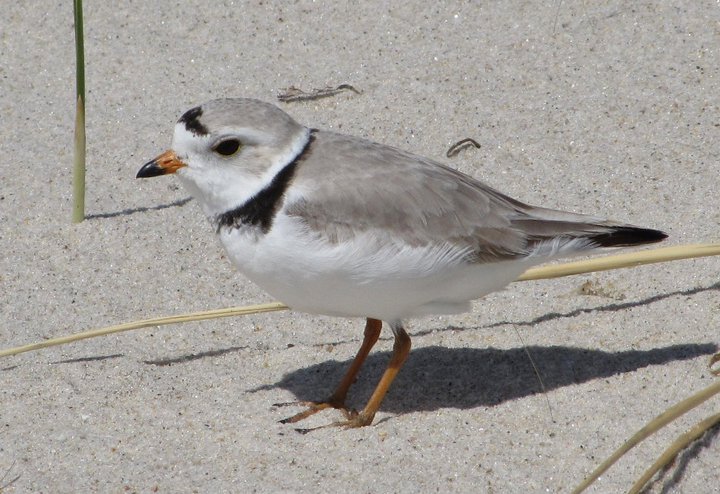The Jack-in-the-pulpit (Arisaema triphyllum) is a spring wildflower of moist woodlands and may be encountered in oak-hickory forests and forested swamps. Though some consider this member of the Arum family a single species with several variations, others believe there to be three separate species of Jack-in-the-pulpit.
This interesting plant flowers from April to June, but unless you look closely you will not see the actual flowers. What you will see is a green or purple striped spathe (pulpit) encircling and curving over a club-shaped spadix (Jack). Tiny flowers are found within the pulpit at the base of the spadix. All well and good, you say, but how do pollinators find the blossoms?
 |
| mchenry.edu |
Like other members of the Arum family, such as skunk cabbage, the Jack-in-the-pulpit is believed to give off a fetid odor. Consequently, small flies in search of a rotting carcass on which to lay their eggs are attracted to the plant’s unobtrusive flowers. When the flies enter the spathe they brush against its pollen and carry it to other Jacks.
The one or two leaves of this wildflower are divided into three leaflets that top long stalks. Impressive varieties can grow to three feet tall, though most you find will be less than a foot high. Once you learn to recognize its leaves, the Jack-in-the-pulpit hiding beneath will become easy to spot.
 |
| Wikipedia |
In late summer a bright cluster of red berries forms on a thickened stalk. Wood thrush and wild turkeys will eat these woodland fruits. Native Americans were known to consume the tuberous roots of the Jack-in-the-pulpit, which gives the plant another common name – Indian turnip. Since the roots contain calcium oxalate crystals and would cause a severe burning sensation if eaten raw, they were cooked thoroughly before being eaten.
Submitted by Cindi Kobak












